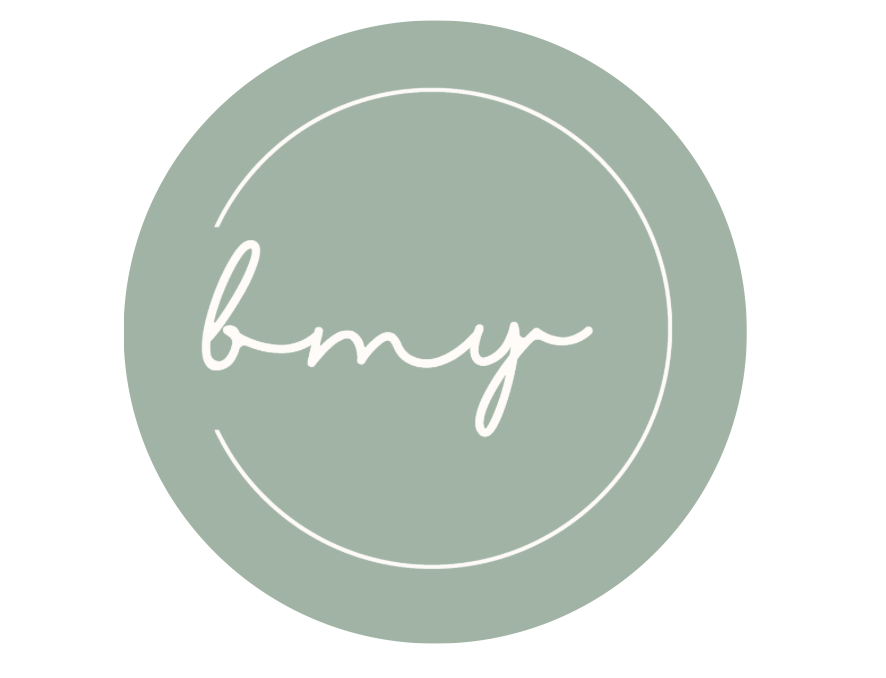Supporting the Release of TMJ Syndrome

Jump to sections
JAW PAIN TMJ
Are you experiencing persistent jaw pain, discomfort, and headaches? These could be signs of temporomandibular joint (TMJ) dysfunction, a condition that can feel like an ongoing battle. However, there's light at the end of the tunnel, and relief may come through a holistic approach.
The temporomandibular joint is a complex joint responsible for essential functions like biting, chewing, yawning, and moving your jaw sideways and, of course, opening and closing the mouth in general. When it is out of balance, it can cause a range of unwanted and nagging symptoms, including jaw pain or tenderness, clicking, or popping sensations, difficulty and stiffness in opening or closing the mouth. It can also cause headaches, neck, and shoulder pain, and even tinnitus (ringing in the ears).
The jaw is not like any other structure in the body, its power is unique and its functions are primal. The muscles of the jaw are some of the strongest in the body, able to exert the most pressure of all the muscles. Jaw muscles come into use for biting, chewing, grinding, clenching, growling, yawning – i.e. activities that have to do with basic impulses like feeding, self-protection, and aggression, on the one hand, and activating the parasympathetic branch of the nervous system with yawns that allow maximum oxygen in-take and body re-set, on the other. By taking these primal functions into consideration, it becomes clear that the jaw area holds layers of instinctive as well as voluntary functions. It is a joint that deeply connects to fundamental survival needs and subconscious mechanisms.
TMJ dysfunction can arise from various underlying factors, including physical trauma to the jaw from accidents or injuries. Whip-lash from simple bumper-to-bumper accidents, as well as more severe accidents, may manifest TMJ dysfunctions. Dental procedures that inadvertently strain the jaw area can also inadvertently strain the joint and its supporting musculature. Postural changes such as slouching that alter the alignment of the head and neck, dental problems like malocclusion (teeth misalignment), and a build of stress and tension can all cause TMJ issues. Sometimes, these manifest as teeth clenching or grinding during sleep, which often also relate to pent-up anger or resistance.
ADDRESSING DISORDERES IN THE JAW MUSCLES
Disorders in the jaw muscles would be best addressed holistically. A simple reminder to relax the jaw often has a whole-body effect of relaxation; that is how essential it is as a signifier of one’s overall mental and physical tone.
There are several muscles involved in jaw-joint function, with the most common disorder being dislocation of the disc which may cause clicking and lock jaw, as well sensations of pain, tightness, and limited mobility in the muscles that control jaw movement. Tenderness in one or both of the temporomandibular joints, aching pain in and around the ear, difficulty chewing or pain while chewing, facial pain, and locking of the joint are all aspects of TMJ syndrome (TMJ Syndrome – Mayo Clinic).
Since TMJ muscles are some of the strongest in the entire body, able to hold a lot of tension, they need deep physiotherapeutic massage to be released. At the same time, they are attached to some of the most delicate bones of the body, such as the temporal lobes of the skull, in front of the ears, above the ears, and behind the ears. These delicate structures benefit from the gentle approach of Craniosacral Therapy.
Combining physiotherapy and craniosacral therapy offers a holistic approach that provides a comprehensive strategy for tackling TMJ dysfunction. It offers relief from discomfort in the jaw itself and accompanying headaches, neck tensions, shoulder aches, and ear discomforts. A physiotherapy and craniosacral therapy combination lays the foundation for proper restoration and alignment. Craniosacral therapy also helps engage the parasympathetic flows of the body which helps reduce stress and release the impulse of clenching the jaw, promoting a sense of overall wellbeing.
For those who seek to integrate emotional trauma in treating their TMJ symptoms, somatic psychotherapy plays a relevant role in supporting clients to release the build-up of tightness and pressure in the jaw caused by unexpressed and often subconscious emotions. TMJ is connected to the muscles of the throat and mouth as well as the eardrums and neck. Qualities of self-expression and self-alignment, speaking truth, and being able to listen and respond to the environment accordingly are some of the relational aspects held in the musculature. Polyvagal theory informs us that, experiences of feeling welcomed or feeling threatened will create different patterns of tension or ease particularly in relation to sound and facial expressions.
One way to consider the interpersonal aspect that the TMJ refers to is to consider various stances and attitudes. Do we laugh easily or are we tight-lipped? Are we able to smile and connect easily with those around us or are we rather reserved and guarded? Do we tend to quarrel and raise our voices and feel heat in our faces or do we tend to bite our tongue and chew on our lips? Do we ask questions with openness to listen are we already critical before the answer even comes? Notice the facial expressions and places of tightness around the mouth and jaw that may be evoked with these different scenarios. Such interpersonal experiences are expressed specifically through the musculature of the jaw, and if there are patterns of holding a particular position or attitude, tensions will build up, potentially causing TMJ pain and headaches.
Mindfulness practices in our day, momentary check-in, and self-reflection can help us become aware if we are clenching our teeth and tightening our jaw. We can use these moments of awareness to remember to release the muscle. But what about when it happens in our sleep?
HOLISTIC APPROACHES FOR TREATING TMJ
Many people clench their jaw or grind their teeth while they are asleep. This can both create damage to the teeth as well as the muscular strain that further aggravates the TMJ. It can also trigger neck and head pain the next day, as well as wear and tear on the soft tissues of the inner cheeks and sides of the tongue. Consulting with a dentist experienced with TMJ to explore the options for a night guard can really relieve the jaw muscles while physiotherapy and craniosacral therapy do the work of creating proper alignment and flow. Consulting with a homeopathic doctor who can introduce naturalistic remedies can also help the body be more at ease during the night and reduce the severity of clenching and grinding during sleep.
A holistic approach to healing tends to create opportunities for and an over-all improvement in well-being. By combining physiotherapy and craniosacral therapy, you can experience profound benefits, including pain relief, improved function, and enhanced energy flow. Adding somatic psychotherapy, a channel for emotional expression and correction of mis-attuned relationships can also ease TMJ tension. By adding a night guard to protect your teeth and muscles, as well as homeopathic remedies for better sleep, you can improve your capacity to rest more deeply and be well on your way to a softer and happier TMJ. Given the particularly strong muscles of TMJ and the complexity of the joint, physiotherapeutic care is an excellent starting point. For some clients, manual manipulation during a physiotherapy session might naturally trigger emotional release. This may be a signal for benefitting from somatic psychotherapy and homeopathic remedies as well.
From whichever point of care you choose to begin attending to your TMJ, we hope you do give this important attention and care. The habit of living life as a struggle, needing to push through everything, and ignoring signals from our body that there is an over-exertion of pressure, can accumulate into worse and worse symptoms. There is no need to let it get that bad. When we ignore our body’s signals, matters aggravate over time, which makes things harder to heal. When we care for our well-being from the get-go, we create a lifestyle of health and flow, both inwardly and outwardly, with the ability to exert the right amount of effort, and the ability to let go when needed. So, take a moment, observe how your body is doing, and make the choice to take care of yourself.
Related Posts
66cc42528785a.png)
What does holistic wellness mean?
The phrases “holistic wellness” and “holistic healthcare” have become expressions that get used quite a lot these days.
Read More
What is anxiety, and how does it affect you?
Life has its ebbs and flows and occasional anxiety is a natural part of it. However, what happens if anxiety becomes mor
Read More
The Story of A Tree The Power of Playful Visualization
Call on a tree and let it speak to you, with its qualities, from humbleness to magnificence.
Read More